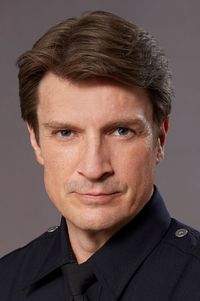Lawrence Criner, a pioneering figure in the entertainment industry, was a renowned Black actor who left an indelible mark on stage and screen from the 1920s to the early 1950s. With a career spanning over three decades, he starred in nearly 30 films, solidifying his position as one of the most popular Black actors of his time.
Criner began his journey as a member of the esteemed acting group, The Lafayette Players, and soon made his mark in independently produced silent films, including "The Flying Ace" and "Black Gold," in 1926. The following year, he starred in Oscar Micheaux's "The Millionaire," a legendary film in Black cinema. His Broadway debut came in 1928 with the hit production "Meek Mose."
In the late 1930s to early 1940s, Criner emerged as a leading man in "race films," starring in 12 films produced by Million Dollar Productions. His leading ladies included legendary actresses such as Lena Horne, Nina Mae McKinney, Theresa Harris, Louise Beavers, Ruby Dee, and a young Dorothy Dandridge, who played his daughter in "Four Shall Die."
Criner's Hollywood credits include "Black Moon," "Up Jumped The Devil," "King of the Zombies," where he played a Doctor, a departure from the typical stereotyping of Black males in Hollywood films. He also appeared in "The Gang's All Here," "Sullivan's Travels," "Freckles Come Home," and "Law of the Jungle," alongside comedy legend Mantan Moreland.
His extensive filmography also includes "One Dark Night," "Mr. Smith Goes Ghost," "Gang War," "While Thousands Cheer," "Am I Guilty?," "Pigmeat's Laugh Hepcats," and "Miracle in Harlem." His final film was "The Jackie Robinson Story," where he delivered a memorable performance as the minister who encourages Jackie Robinson to accept the offer to become the first Black player in major league baseball.
Criner's contributions to African American film history are undeniable, as he helped develop and enhance films featuring people of color by providing positive images and non-stereotypes. Additionally, he served in both World War I and World War II, demonstrating his dedication to his country and his people.





































